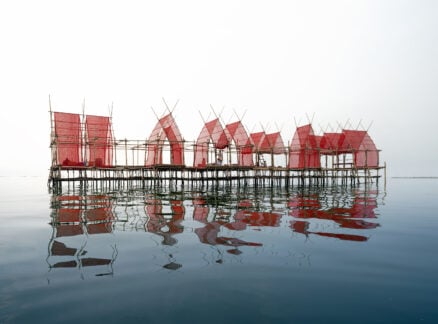October 1, 2006
Materials Conservation
The latest environmentally friendly surfaces.
Oil prices are rising, people are becoming more concerned about the environment, and green design is suddenly very in. Mainstream magazines are jumping on the bandwagon, featuring ostensible eco-celebrities on their covers and urging readers to trade in their SUVs for more fuel-efficient hybrids. The successful-but-clunky Leadership in Energy and Environmental Design (LEED) rating system, introduced in 2000, has finally caught on and is making even the most reluctant architects begin to think about environmental issues.
All that demand from the public and the trade for more sustainable finishes and materials has led companies to develop products and processes that conserve our natural resources by using alternative or recycled materials—and that still look good. For example, Pioneer Millworks—which scours the country for reclaimed wood from dilapidated barns and old wine vats—purchases 100 percent of its energy from wind-powered sources. Crossville has created a line of porcelain stone tiles with a certified 40 percent content of waste material that otherwise would have been sent to landfills. Carnegie Fabrics offers PVC-free textiles such as Xorel, Terratex, and Climatex, which are made in a closed-loop production process. The products shown here are just a sampling of the range of eco-friendly goods now available, but before choosing any material, designers should take its environmental impact into account and contact the manufacturer for a life-cycle assessment.





